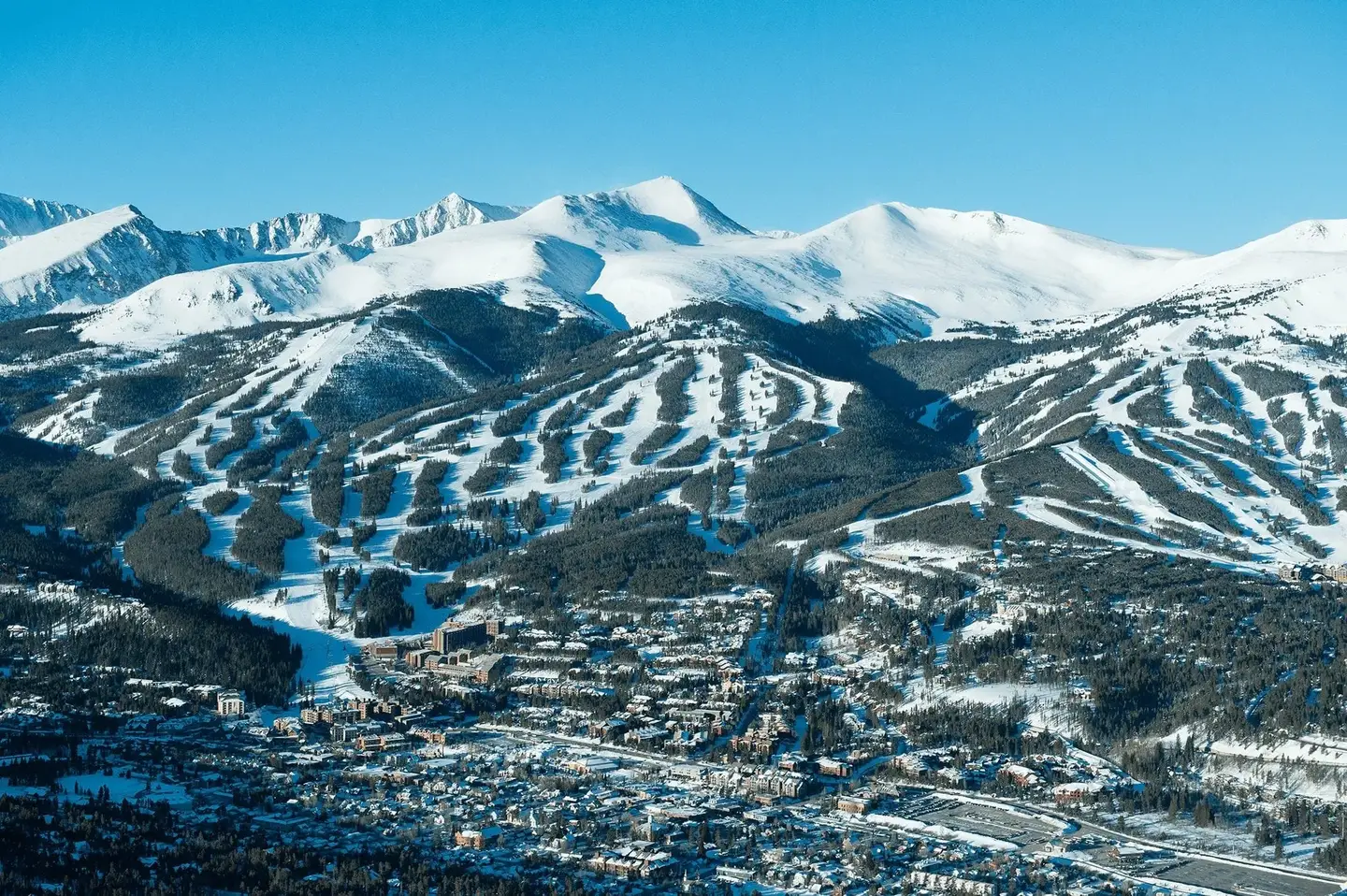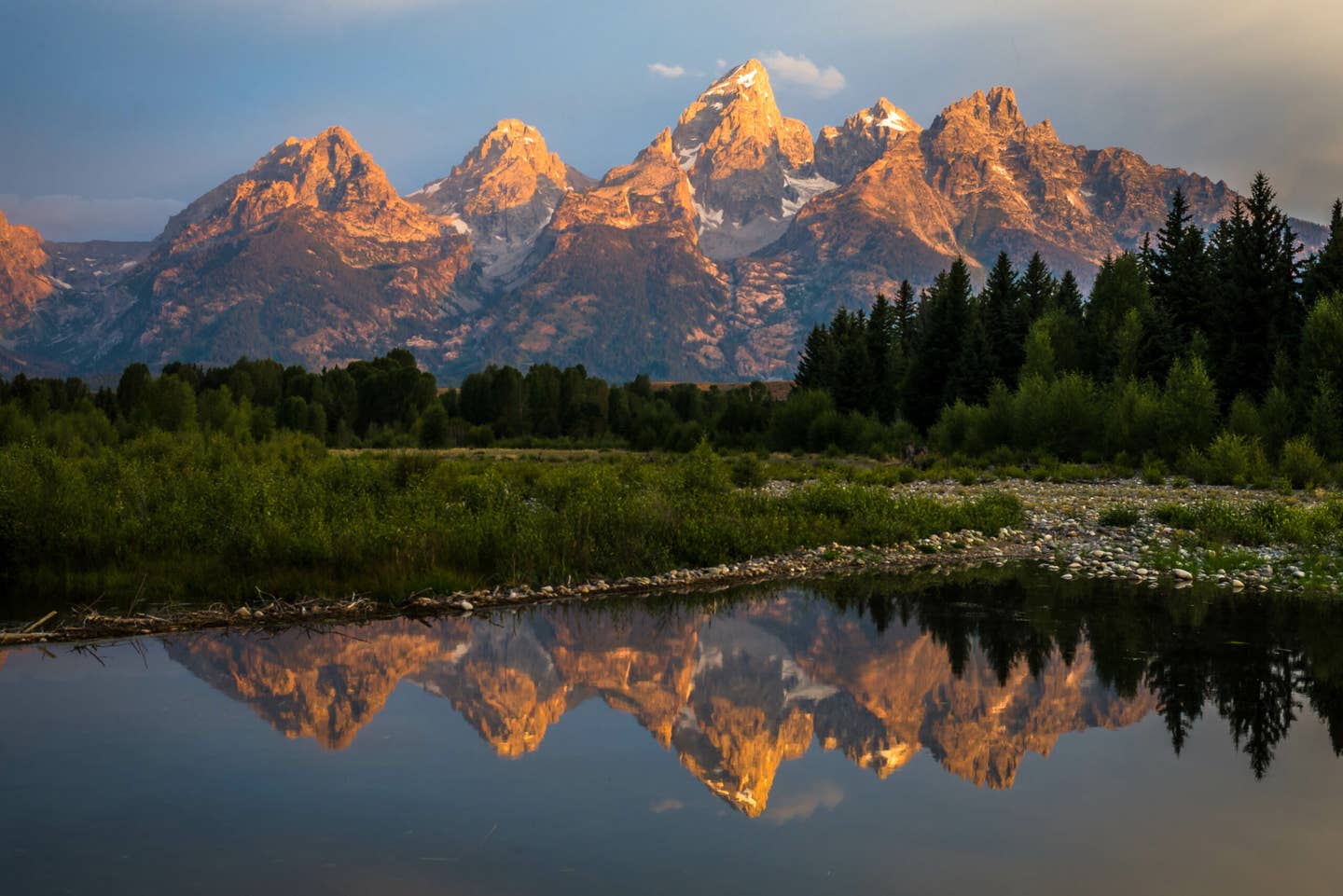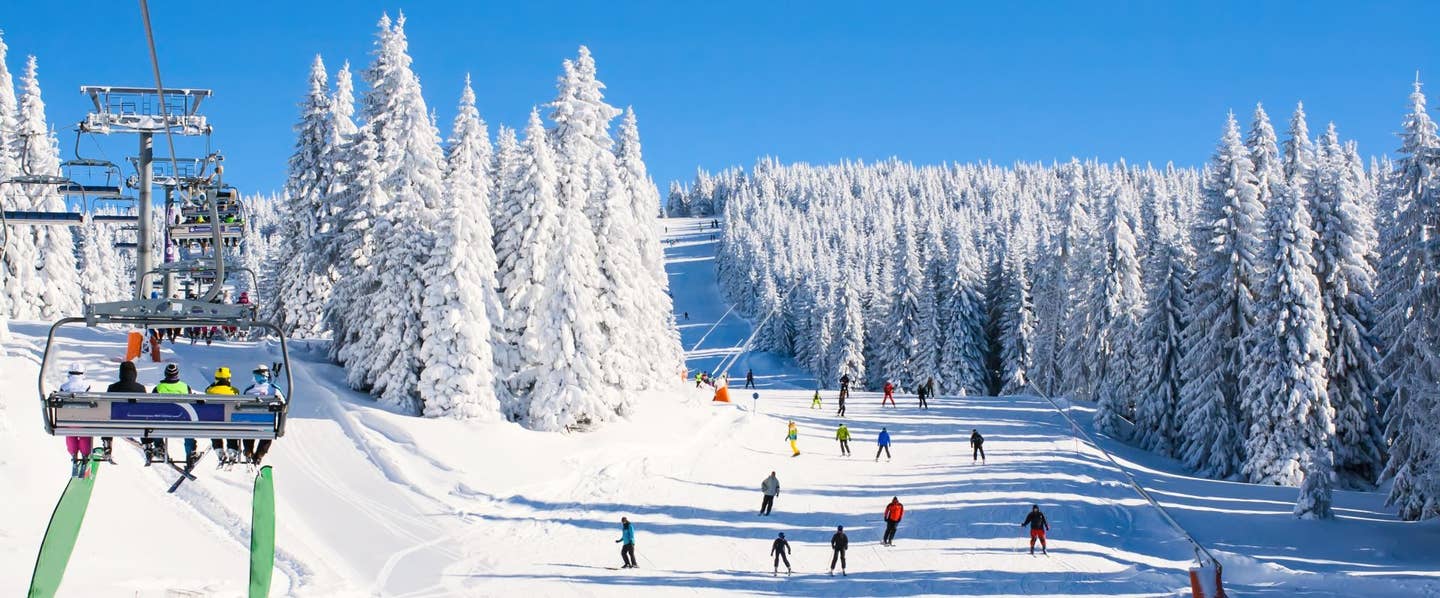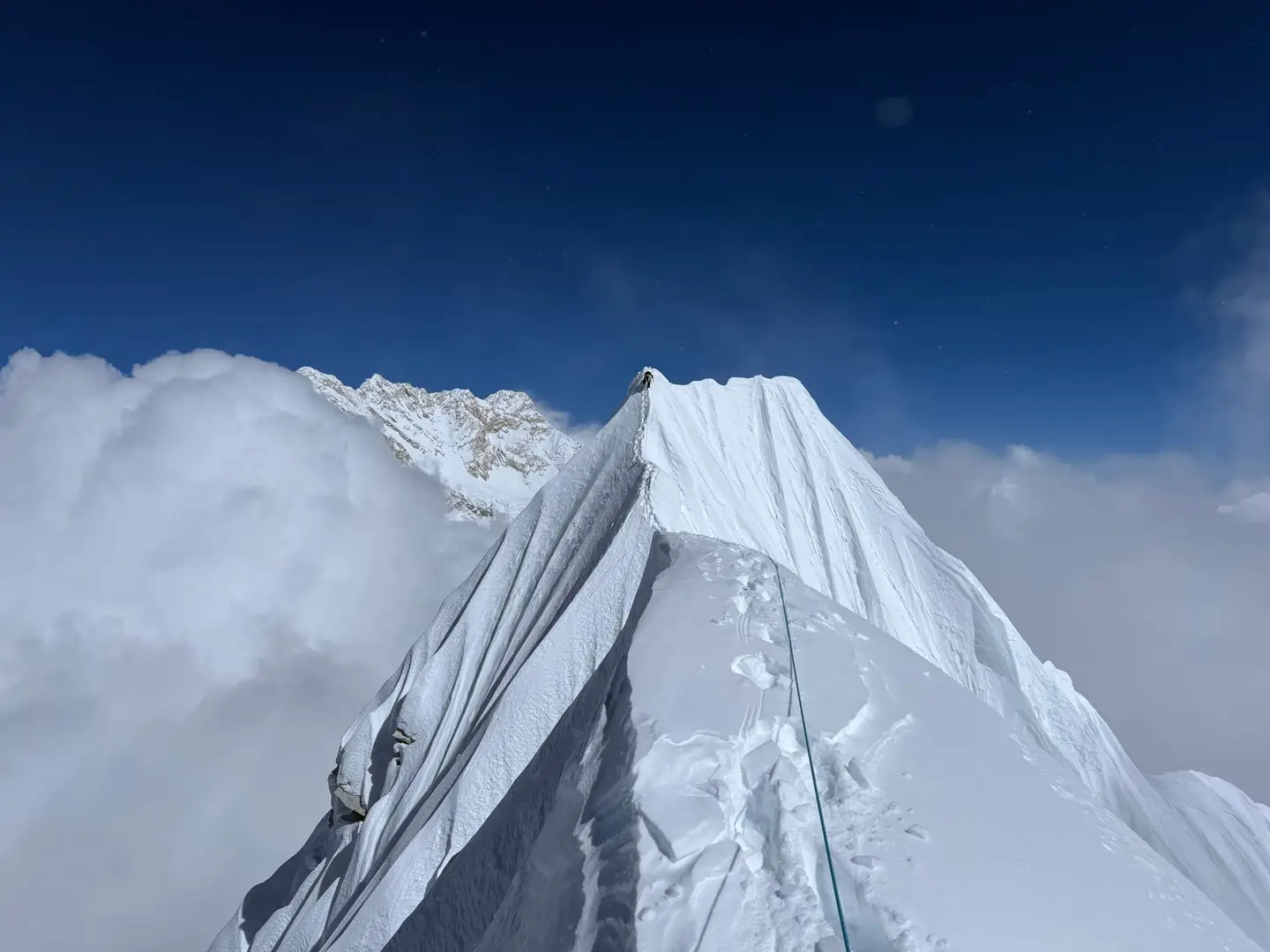

Laying Down Lines and Saving Lives in Cooke City
Popular Stories
Words by Michael Sudmeier
Images by Sam Pope
Some things in life are subject to change. And this is especially true for those who spend time in the backcountry. While recently filming near Cooke City, Montana for Way of Life, TGR athletes and filmers had to continually adapt to new challenges—including saving a man’s life. The plans for the trip had been simple enough—film some late spring ski descents at the end of April. The start of the trip, however, was filled with pow days, cold temperatures, and assisting with a rescue.

Before heading into the backcountry, the crew convened in Cooke City and geared up for the trip.
“I thought it was going to be mainly mountaineering missions—skiing couloirs and things like that,” explained Todd Ligare. He was joined by TGR athletes John Spriggs and Griffin Post, as well as a production and support team that included Dan Gibeau, Sam Pope, Hennie van Jaarsveld, Corey Seeman, and Steve Popovich. Despite anticipating spring conditions, “It felt like a mid-winter trip in late April, which was awesome,” offered Spriggs. He and the group named the project Nightmare Camp—a play on TGR’s Fantasy Camp, which had wrapped up a few weeks prior in Alaska.
After members of the crew skied a few lines on their first day, a snowmobiler approached them, searching for assistance and a means to contact rescue and medical personnel. “You could tell he was dealing with a heavy situation, but he seemed calm and was dealing with it appropriately,” explained Ligare. “He basically asked if we had a way to contact help.”
The man’s friend had stopped breathing after his vest became tangled in his sled. “Basically, the [patient] had a protective vest on, and he was hill climbing,” explained Post. “Through an unfortunate series of events, his handlebars went through his protective vest and hung him.” The man had rushed to aid his friend, but his response time was delayed due to the steep slope on which the injured snowmobiler was perched. Initially, the snowmobiler was not breathing. Once freed from his sled, however, he resumed breathing but remained unconscious.

Whether exploring new zones or assisting with a rescue, the group relied heavily on its sleds.
Tapping into rescue and medical training they receive at the start of each season, the crew from TGR sprung into action. Ligare sought out the crew’s satellite phone and medical equipment while Pope traveled to the injured sledder. Once at site of the incident, Pope and a snowboarder who was also in the area provided initial care for the patient. According to Pope, they “created a flat spot for [the patient], cleared his airway, stabilized his head, and put some layers under and on him to provide insulation from the snow.”
After retrieving the group’s satellite phone, Ligare—now joined by Post—sought out higher ground in order to contact Park County Search and Rescue. Post remained in contact with rescuers while Ligare, Gibeau, and Spriggs brought the group’s medical kit and sked, a collapsible rescue stretcher, to the scene. The group helped Pope further stabilize the patient and initiated a high angle rescue to lower him down the slope. They also took turns traveling to Post, relaying updates to rescuers. Seeman, who had been in town servicing a snowmobile, led rescue personnel Ben Zavora and Jan Gaertner, President of the Cooke City EMS, to the patient.
By the time Gaertner and Zavora arrived, the team had not only lowered the patient down the slope, but also prepared a landing zone for a helicopter. Gaertner and the team provided additional care and readied the patient for transport. “We packaged him, got him on some oxygen, and cleared his airway,” she explained. “I also put an AED on him [in the event his heart stopped]. He had quit breathing twice.” Fortunately, the weather briefly cooperated with rescuers. “We got there and the sky opened up and the sun came out. We got a helicopter in and when the helicopter left, the clouds came over and it started snowing again,” explained Gaertner.
“I’ll tell you what, it was not his time to die,” offered Gaertner. She credits the team from TGR with ensuring this was the case. “The guys did an awesome job,” she explained. “They were so excited to use their skills and equipment. I would work with those guys any day.”

In a letter to TGR, Jan Gaertner—President of the Cooke City EMS—thanked the crew for its assistance.
For the team, the incident provided an opportunity to put into practice the skills they had cultivated through TGR’s annual safety summit, the International Pro Riders Workshop (IPRW). Although the curriculum is continually evolving, IPRW aims to help attendees successfully negotiate the challenges inevitable in backcountry travel. The course typically addresses assessing avalanche terrain, initiating first aid in a wilderness context, and leading rescue efforts.
According to Cofounder Todd Jones, TGR developed its IPRW program because “we recognized that we’re out in a really dangerous and inhospitable environment that demands high levels of training and expertise. That training can make the difference between a fairly standard rescue and a really bad situation.”

IPRW ensures TGR's team is prepared for backcountry emergencies. Luckily, no emergencies resulted from the crew killing this line.
Sign Up for the TGR Gravity Check Newsletter Now
The rescue in Cooke City served as a testament to the training’s success. In a thank you letter to TGR, Gaertner wrote, “Your skiers were the first responders on the scene, and because of their training and communications [they] saved this man’s life.” According to Spriggs, the high angle rescue that the team performed was “exactly what we learned at IPRW.” Gaertner noted that the team was especially successful in executing the skills it had developed at the workshop. “It’s one thing to get the training,” she explained. “It’s another thing to be able to act on it—and all those guys were able to act calmly and efficiently and do what they were taught to do.”
During its time in the Cooke City area, the TGR crew checked in with Gaertner to receive updates on the patient’s status. After several days in a coma, the man was released from the hospital. He is expected to make a full recovery. This, according to Ligare, “is a miracle—or at least not typical.” After all, the man had stopped breathing twice throughout the incident.
The rescue with which the team assisted provided an unusual prelude to the trip—and the adventures only continued. At the start of their filming, “it snowed two feet so we just skied pow for days,” revealed Post. “It was unseasonably cold for the first four days and we had some of the best snow of the year.”
For the ten day trip, the crew established a base camp from which they began sledding and touring each morning. “We basically had a little village out in the woods and camped there and didn’t come back to town,” explained Post. “We were really much more immersed in the mountains than trips where you just go out for the day.”

The crew was better at skiing than cooking, as evidenced by its reliance on precooked dinners.
Although the group had a large dome tent, plenty of food, and a propane stove and heater, being immersed in the mountains was not especially luxurious. Temperatures one evening hovered near twenty below. For dinner, the crew had “two different options of precooked meals that we would heat up: Mexican or Thai. The big joke every night was ‘what do you guys want for dinner?’” explained Pope. As the days progressed, the crew also established a second camp from which it could access more remote zones.

There's nothing like the smell of a campfire--especially one accompanied by the smell of wet socks and boots.
According to the team, its base camp provided quick access to terrain but was not without its challenges. “The camping adds a whole new layer of logistics to deal with—drying clothes, charging batteries, and dumping footage,” Pope explained. The group’s proximity to its target terrain helped fuel the intensity of the experience. “The trip was probably the most full throttle trip I have ever been on,” revealed Post. “We were just so busy—we would get up at six pretty much every morning, put our ski boots on by seven-thirty or eight, and we’d pretty much be skiing and in our ski boots until eight at night.”
As the temperatures warmed up towards the end of the trip, the crew was also able to ski several couloirs. After being shut down on one couloir due to rapidly softening snow and wet slides, the team was able to ski the couloir on its final day. “The snow conditions were super variable,” revealed Pope. “But to me, that’s the impressive thing about professional skiers—they make it look easy no matter what the conditions.” But this should come as no surprise. After all, they can even make saving a life look easy.

The crew kicked back in Cooke City at the trip's conclusion.



